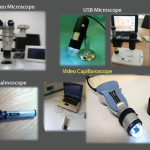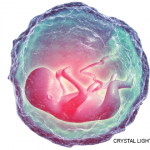Musculoskeletal exam: The patient’s gait is normal. She exhibits good muscle strength in the upper and lower extremities, both proximally and distally. All joints are unremarkable with full range of motion and no evidence of synovitis.
Diagnoses:
- Raynaud’s phenomenon; and
- Rule out other autoimmune connective tissue disease.
Plan: The physician counsels the patient regarding the etiology, pathophysiology, symptoms, and prognosis for Raynaud’s phenomenon, reviews measures to minimize Raynaud’s phenomenon, and provides the patient with written information on the condition.
Laboratory studies are ordered to evaluate the patient for lupus or other autoimmune connective tissue diseases. The patient is started on extended-release nifedipine.
The physician reviews the actions and side effects of nifedipine with patient, documents his findings in a written report, and sends it over to the PCP.
How would you code this?


